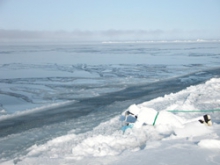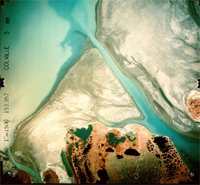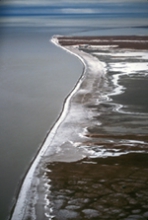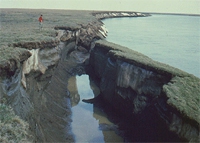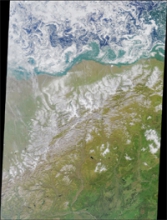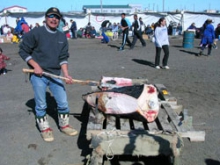Lying at the intersection of the land, ocean, and atmosphere, and the locus of much human activity, the coast is a critical interface in the arctic system and an ideal test bed for tackling the kinds of complex scientific issues required to develop a true systems approach to the Arctic. In early 2004, NSF released an announcement of opportunity for the Study of the Northern Alaska Coastal System (SNACS; see Witness Spring 2004).
The announcement defined the coastal system very broadly, from the Brooks Range to the ice edge. In response, NSF received 43 proposals for 23 projects requesting a total of $24 million, not including logistics costs. NSF was able to fund six projects for a total of $7.27 million in FY 2005 and 2006.

